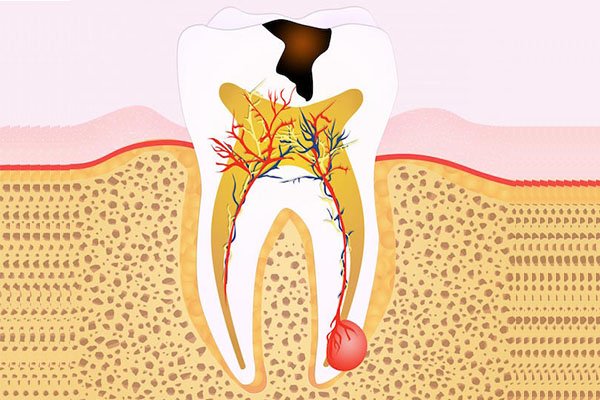Understanding Root Canal Treatment
Root canal treatment is essential for saving a damaged or infected tooth. This procedure involves removing the infected pulp, cleaning the inside of the tooth, and sealing it. As a result, it can alleviate pain and prevent further dental issues.
Signs You Might Need a Root Canal
Experiencing persistent pain is a common indicator that you may need a root canal. Additionally, sensitivity to hot and cold, swollen gums, and darkening of the tooth are other symptoms. If you notice these signs, it’s crucial to consult your dentist promptly.
The Root Canal Procedure Explained
During a root canal procedure, your dentist will first numb the area to ensure comfort. Next, they will create a small opening in the tooth to access the pulp chamber. Using specialized tools, the infected pulp is removed, and the inside of the tooth is thoroughly cleaned. Finally, the tooth is sealed with a filling or crown to restore its function and appearance.
Benefits of Root Canal Treatment
Opting for a root canal has numerous advantages. Firstly, it relieves pain caused by infection. Secondly, it saves your natural tooth, which is always preferable to extraction. Moreover, it prevents the spread of infection to adjacent teeth, maintaining overall oral health.
Post-Treatment Care
After undergoing a root canal, some discomfort is normal, but it should subside within a few days. Your dentist may recommend over-the-counter pain relievers to manage any pain. It’s essential to maintain good oral hygiene, including brushing and flossing regularly. Additionally, attend follow-up appointments to ensure the tooth heals properly.
Common Misconceptions About Root Canals
Many people fear root canals, believing they are extremely painful. However, modern techniques and anesthesia have made the procedure relatively painless. Another myth is that extracting the tooth is a better option. In reality, preserving your natural tooth with a root canal is often the best choice.
When to See Your Dentist
If you experience severe tooth pain, sensitivity, or swelling, don’t delay visiting your dentist. Early detection and treatment can save your tooth and prevent complications. Regular dental check-ups can also help identify potential issues before they require a root canal.
Conclusion
Root canal treatment is a safe and effective way to address severe tooth infections. By understanding the procedure and its benefits, you can approach it with confidence. Always consult with your dentist to determine the best course of action for your dental health.





